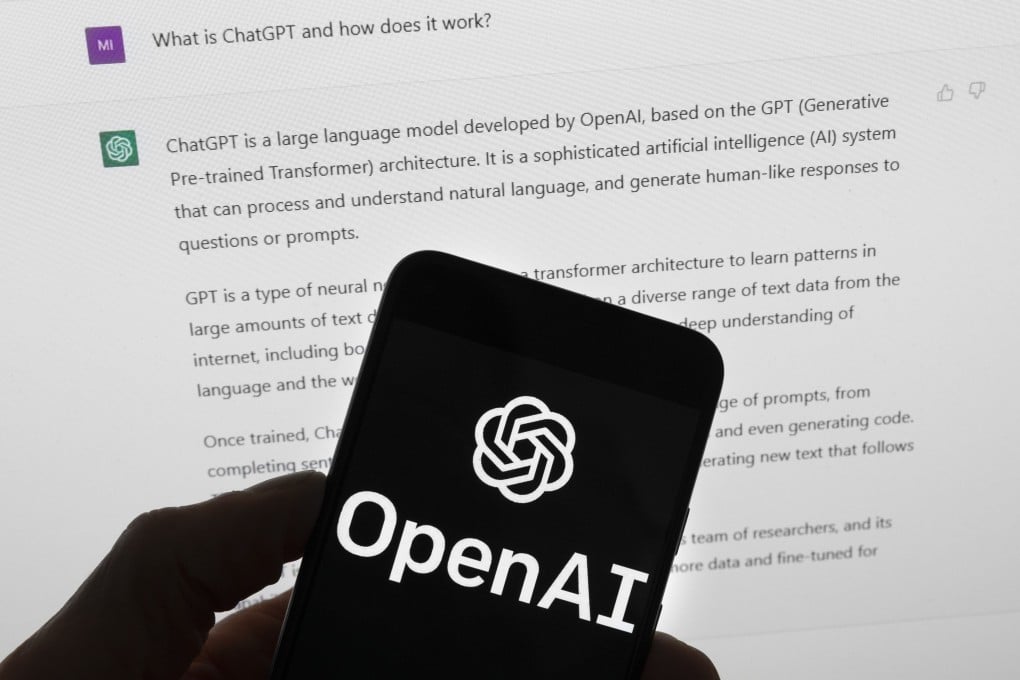ChatGPT one year on: how OpenAI’s chatbot brought generative artificial intelligence into public consciousness
- For years, AI was operating behind the scene. But with ChatGPT, people can now directly deploy AI for their own uses
- The popularity of ChatGPT has also reshaped the balance of power in tech, with Microsoft vaulting ahead of rivals in the AI race

When artificial intelligence (AI) researcher Sasha Luccioni went to business conferences and speaking events last year, she would field basic questions like: “What is artificial intelligence?” Now, she said, the people she meets are not only familiar with AI, they are worried about whether it will “take over the world”.
What changed, she said, was ChatGPT. On November 30 last year, the public gained access to OpenAI’s chatbot, which could create expansive – though not always reliable – written responses to simple prompts from users. It fundamentally shifted how people think about artificial intelligence, if they ever thought about it at all.
For years, tech companies used AI to make recommendations, detect harmful content online and power self-driving cars. With ChatGPT, however, AI was not just something operating under the hood of products; it was the product.
Almost overnight, people began using ChatGPT to write song lyrics, draft emails, summarise documents and craft speeches at weddings. Some even turned it into their personal therapist. Where previous chatbots were often an annoyance, ChatGPT, with its simple user interface and rapid-fire colourful responses, was a source of genuine awe and amusement.
One year later, ChatGPT is used by 100 million people a week, according to OpenAI.

